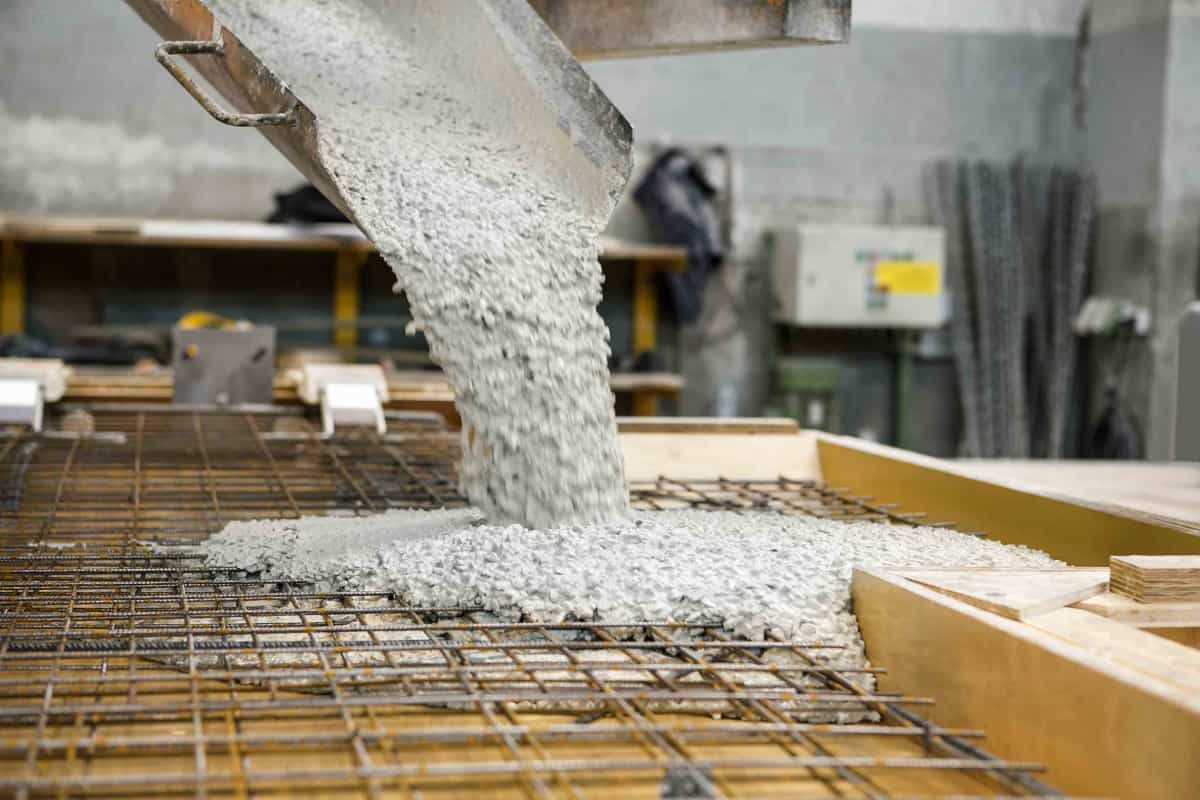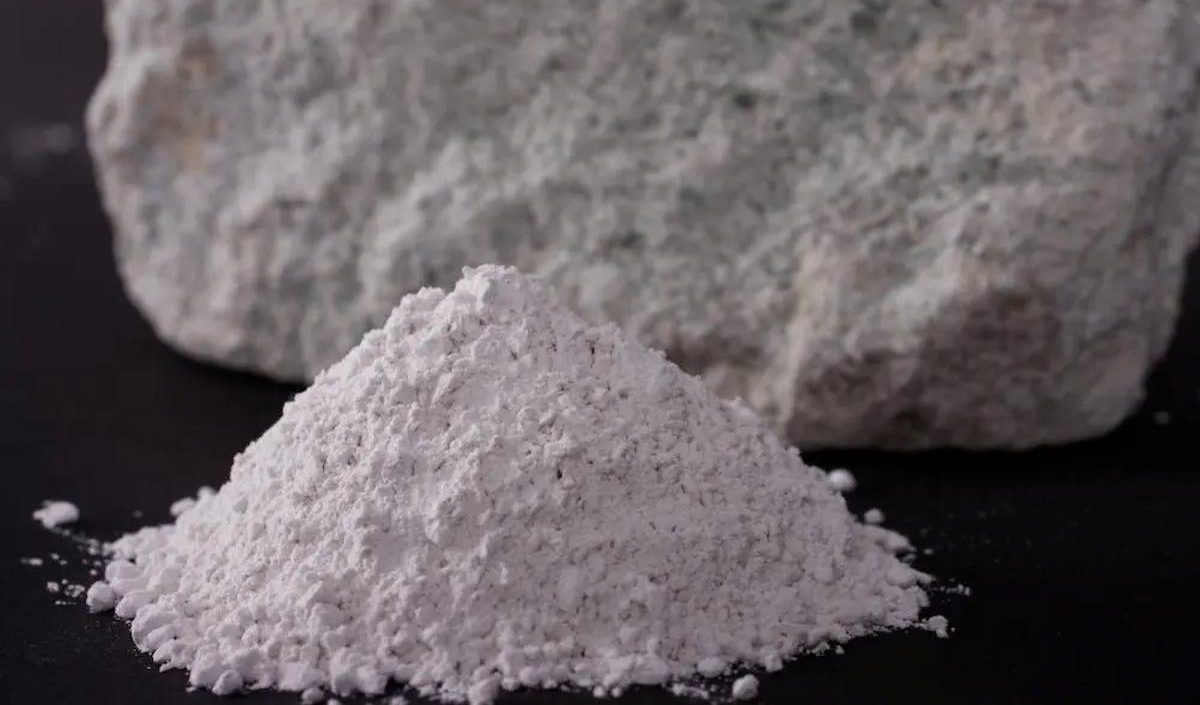Price Bentonite Clay + Wholesale buying and selling
One of the ingredients of casting molds is bentonite clay which is used for construction and has several uses and benefits
Over 60% of castings are made using the green sand foundry casting process, but what is it? Green sand is a mixture of sand or aggregate, clay, and water
In a green sand system, clay and water combine to form a mud bridge that connects sand grains
This bonding mechanism is a wet system that requires water, energy, time, and technical expertise
Two types of bentonite clay are commonly used: calcium bentonite and sodium bentonite
Sodium bentonite (also known as western bentonite) – western bentonite is known for its ability to absorb and retain large amounts of water and the qualities resulting from its high bloat (more bulk increase) and high viscosity
It is good for green sand mixtures that require high dry and hot strength, such as iron and steel castings
It is difficult to knead and help the clay stick to the grains of sand, so kneading requires more energy
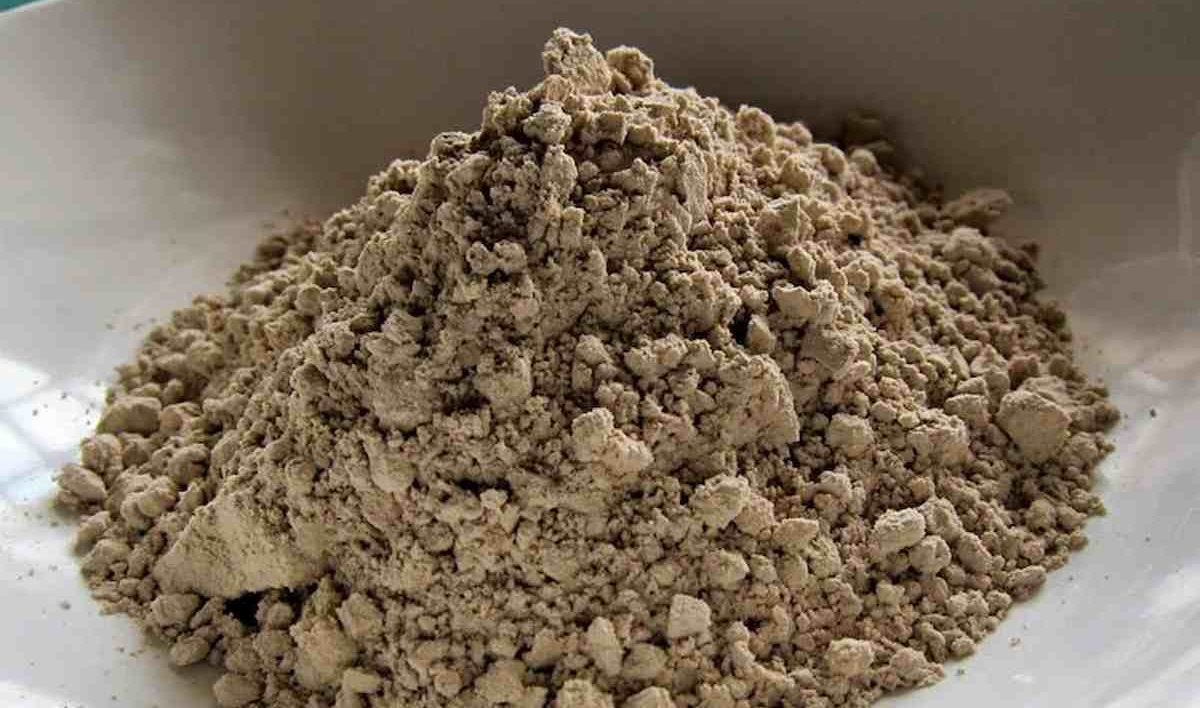
This sodium-based clay can swell to approximately 15 times its dry volume
In sandblasting, molds help maintain dimensional accuracy and provide increased dry/hot strength
Calcium bentonite (also known as southern bentonite) – the concentration of calcium ions in this variety results in a less bloated green sand system with lower viscosity, lower water absorption, and, as a result, faster water loss
It is generally considered easier to knead and provides higher green strength, but lower dry and hot strength
Calcium bentonite swells to twice its unwanted volume but provides higher compressive strength and permeability
It is mainly used in non-ferrous castings, where the low heat holding force helps remove castings
Bentonite clay is often used in a mixture of the two in specific proportions, to maximize the benefits of each
Other materials may be added to improve some properties

Ready Mix Ready mix is clay that is mixed with other sand additives so that it easily becomes an additive to the existing sand system during mixing
Typical ready mixes can be specially blended to include cellulose, grain, sea charcoal, and other additives as well as sodium and/or calcium bentonite
New clay technologies have also created more options in using clay bonding, such as activated and modified clays that behave with properties different from their natural tendencies
Clay is handled and works differently, so sodium bentonite can achieve some of the beneficial properties of calcium bentonite and vice versa
Reclaimed and Regenerated Mud – New technologies allow metal smelters to recycle slurry that is often lost through aeration, where fine particles are removed in sand mixing and conveying aeration systems
The ability to recover ‘lost’ clay reduces costs and improves sustainability efforts in sand casting operations
Typically, bag dust (with bentonite granules) is mixed into a slurry (either off-site or in a casting facility) and added back to the mill’s sand system
Carbon – Using special carbon-treated clays can reduce the total amount of carbon additives (e
g
, sea carbon) in the green sand system and help reduce total volatile carbon, which reduces VOCs
Chemically Treated Clay – Bentonite can be treated with various chemicals to provide better flowability and better friability
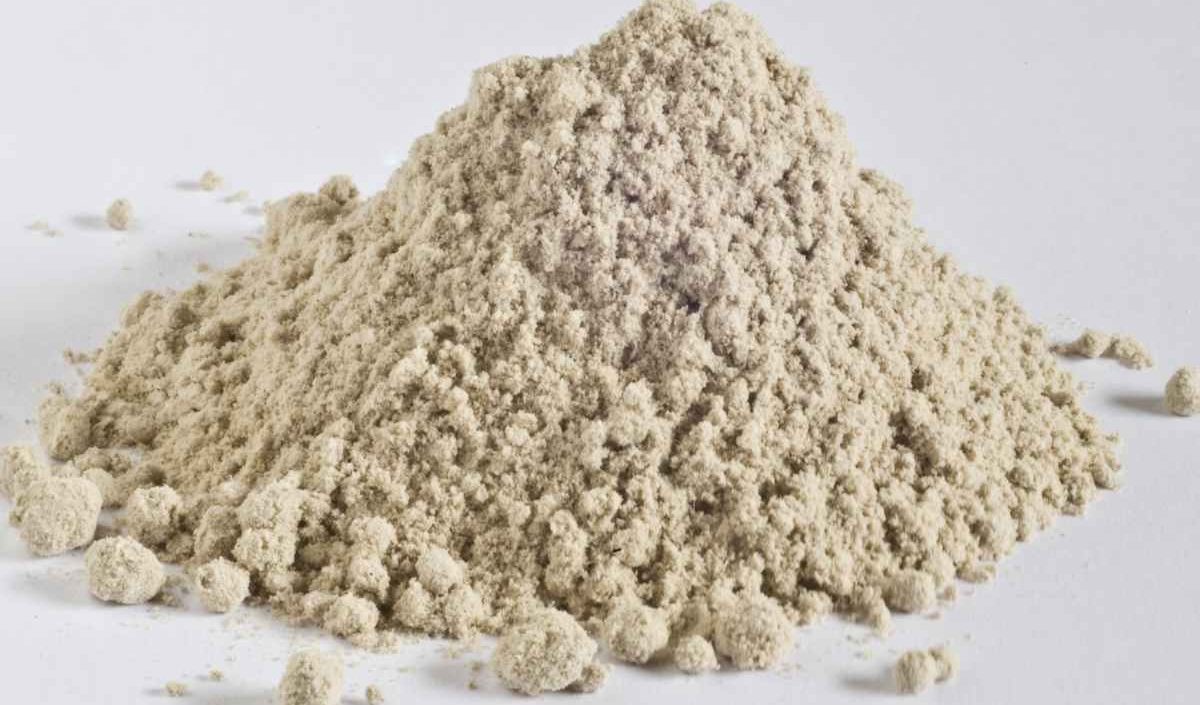
bentonite clay
Bentonite clay is an aluminum phyllosilicate clay composed primarily of montmorillonite
Montmorillonite itself is a type of dioctahedral smectite: the crystal structure is a layer having an octahedral geometry sandwiched between two layers of tetrahedral geometry
Bentonite species are identified by the name of the most predominant mineral in them, for example, sodium bentonite (Na-Bentonite) and calcium bentonite (Ca-Bentonite)
One of the most common bentonites, sodium bentonite is prized for its ability to swell and tolerate high temperatures and is generally considered a better binder (1)
Na bentonite originates from volcanic ash that was deposited in marine environments long ago
On the other hand, Ca-bentonite is not known for its bulking properties and is derived from volcanic ash deposited in freshwater environments (2)
Regarding water, the structural water of bentonite is removed by heating in the range of 400 to 500 °C, and the crystal structure changes completely beyond 900 °C
Compared to chemically similar kaolin, bentonite is easier to form and sinter
Bentonite has a variety of uses, from cosmetics to detergents and dryers to fertilizers
Here, we will focus primarily on the use of bentonite in foundry applications, especially when mixed with charcoal
Generally, with bentonite clay, the charcoal of choice is anthracite

It is itself a widely used substance, outside of fuels, that has found use in foundries and other high-temperature environments
Calcium bentonite is produced from unique Mississippi clay deposits with a positive exchange capacity ideal for the rigors of ore smelting
It responds better to moisture, develops faster, and retains better casting properties over a broader operating moisture range
For foundries looking to improve mold density and dimensional control, calcium bentonite can provide up to 25% higher green compressive strength
The compressive and adhesive properties of southern bentonite also improve mold permeability, making it the ideal clay for foundries looking to improve their surface finish with fine casting sand
Despite repeated exposure to high temperatures, it will remain durable and active, producing high methylene blue results and requiring fewer additives for reuse
Southern Bentonite enhances the production of complex and detailed castings produced from gray iron, ductile iron, ductile iron, and non-ferrous alloys
It is an excellent choice for both high-end work and productions

Benefits excellent vibration Excellent impact properties Excellent aerodynamics High compressive strength in green Low compressive strength, dry and hot -Consistent quality Southern Calcium Chart Industrial Standard Grade of Bentonite – 200 Mesh Western Bentonite began as volcanic ash millions of years ago
After erosion from rain and the pressure of megatons of seawater, the volcanic ash became what we know today as sodium bentonite
Western bentonite is the preferred binder for the production of green sand iron and steel foundries
It is also chosen in the production of copper and aluminum-based foundries when additional performance is required
Because it is more durable than other binding materials, western bentonite requires less replacement when the sand mix is re-bonded
Western bentonite interlocking sand mixes provide high dry compressive strength and high hot compressive strength to prevent sand galling, cutting, washing, flaking, burning, and flaking
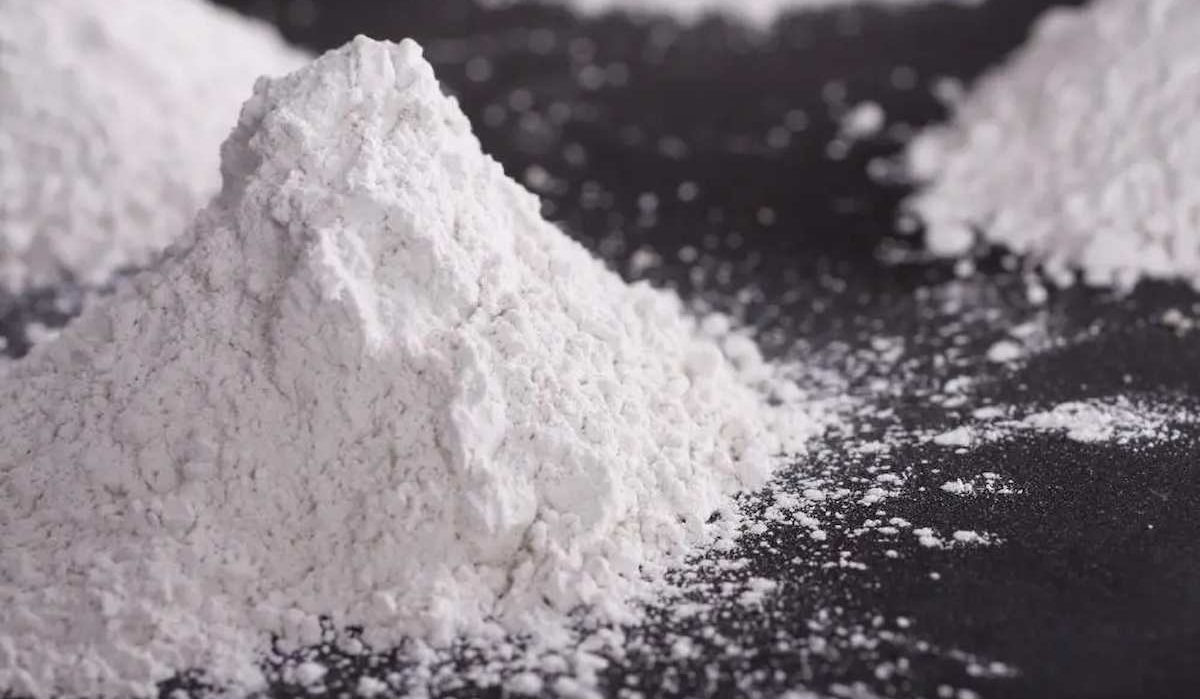
The practice of sand casting is based on low clay content combined with low-temperature water
Western bentonite meets these criteria
Imparts excellent drying and fire resistance for sand casting where high-temperature casting is carried out
Western Bentonite’s unique water-holding capacity prevents corrosion of the mold surface by molten metal
It also provides excellent strength and stiffness for shaping sand mixes, allowing for good pattern drawing
Benefits Provides the highest tensile properties
combat fragility Excellent hot and dry properties
– Increases durability and hardness Control expansion issues – Develop green fast compressive strength
– High compressive strength and quick drying medium hot power – low viscosity
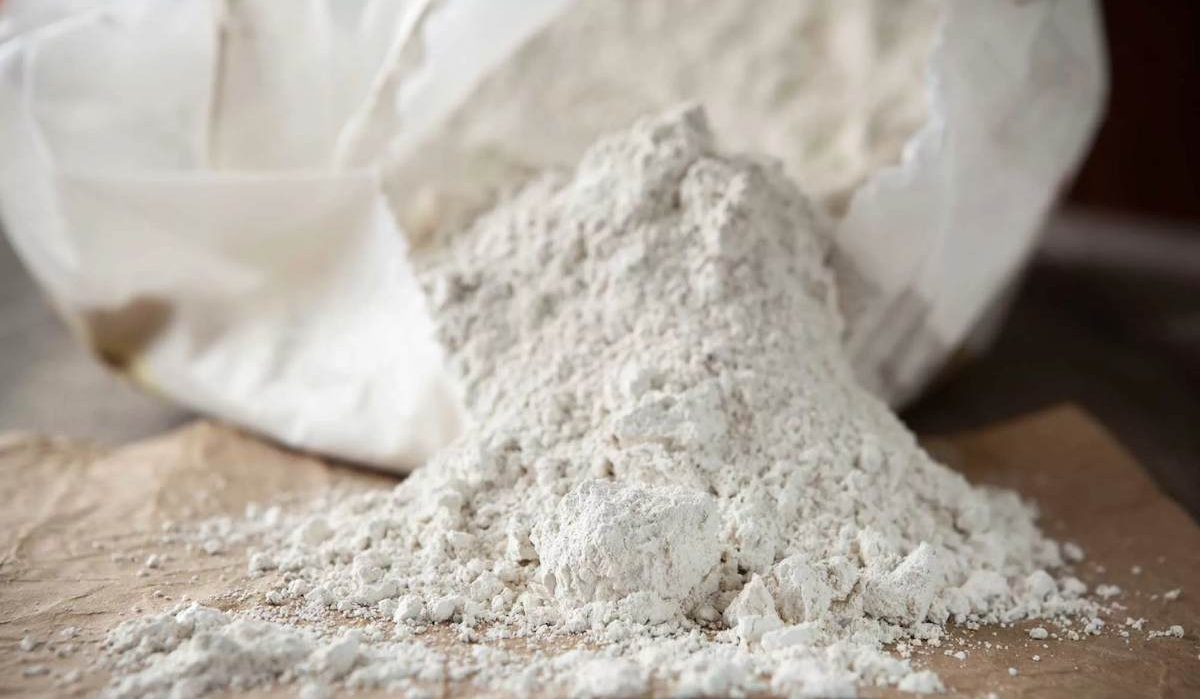
bentonite clay for casting
The ionic surface (chemical bond) of bentonite clay is useful for casting and has the useful property of forming a sticky film on sand grains
When a small percentage of finely ground bentonite clay is added to hard sand and moistened, the clay binds the sand particles together into a moldable mass known as green sand that is used to make molds in sand casting and sand, creating a natural source of the excellent casting sand that was essential to ancient metalworking technology
Examples include the green sands of Mansfield and Bromsgrove
Modern chemical processes for modifying the ionic surface of bentonite significantly intensify this adhesion, resulting in sandy mixtures Green sand is not green in color but is “green” in the sense that it is used in a wet state (similar to green wood)
Many formulas for this can be found on the internet and they are very similar, but this is the formula I have
use
Make sure the mixture is completely dry before adding water
It is 90% fine silica sand (dry because it is easy to mix bentonite) and 10% bentonite
Enough water to make sand and bentonite workable without being sticky
When pressed in the palm of your hand, they should stick and break cleanly
If you are working with cast iron, you can add 3-5% carbon powder which will help the gases escape and produce a smoother cast
These ratios are not fixed and you may wish to lower the bentonite content
Excessive bentonite will result in poor gas aeration
For large purchases, contact us for pallet shipping costs

Sand casting, or sand mold casting, is a common method of producing non-ferrous ingots
This process was invented over 6,000 years ago and has undergone several changes and updates over the years, but the basic principles remain the same
From small DIY operations to major commercial foundries, this technique has been repeated many times! One of the main differences between variations of this process is the type of sand used
Read on to learn more about the types of sand used in sand casting
Green sand refers to sand molds formed from moist sand and is sometimes referred to as clay
The sand mold is untreated where the metal is poured
Melting sand with green sand is quick and cheap since the sand can be reused
The disadvantage is that sand is a soft mold and can crumble or shift during casting, leaving a mold unusable
However, the process is reliable enough to last for centuries and is still in use today
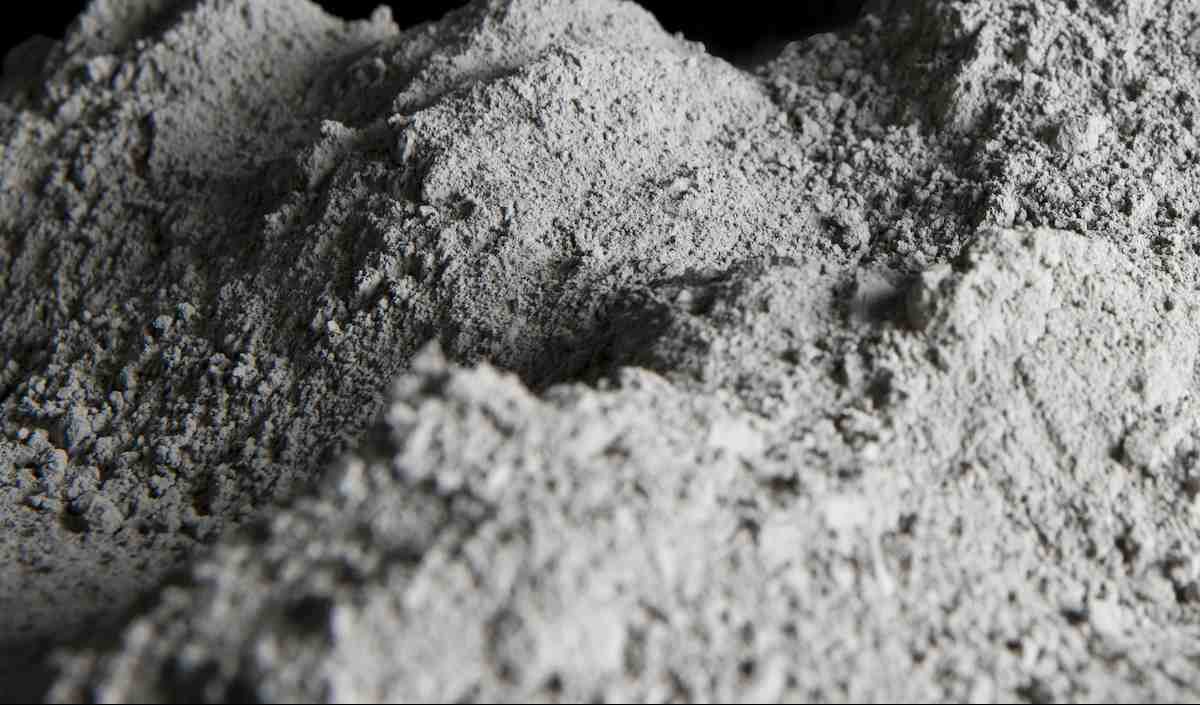
Sodium silicate can also be used to create a casting mold
Sodium silicate can rapidly change from a liquid to a solid by-passing carbon dioxide through it
This causes the sodium silicate to dry out
This process is very useful when cavitation is required within a foundry
Although sodium silicate can create a hardcore for the casting, it must be mixed with other materials to allow for decomposition after casting so that the core can be removed
If the mixture is not correct, the pulp will remain inside the plaster, rendering it useless
Once mixed and heated, the resin sand forms into a solid mold with a smooth surface
Solid mold means fewer defective castings, but the downside is higher cost and slow production rate
Where green sand molds are created quickly, resin sand molds take longer as each one must be mixed and burned to create the perfect mold
The cost of resin sand is much higher, and although the resin can be reused, it must be constantly replenished
This makes the process more expensive
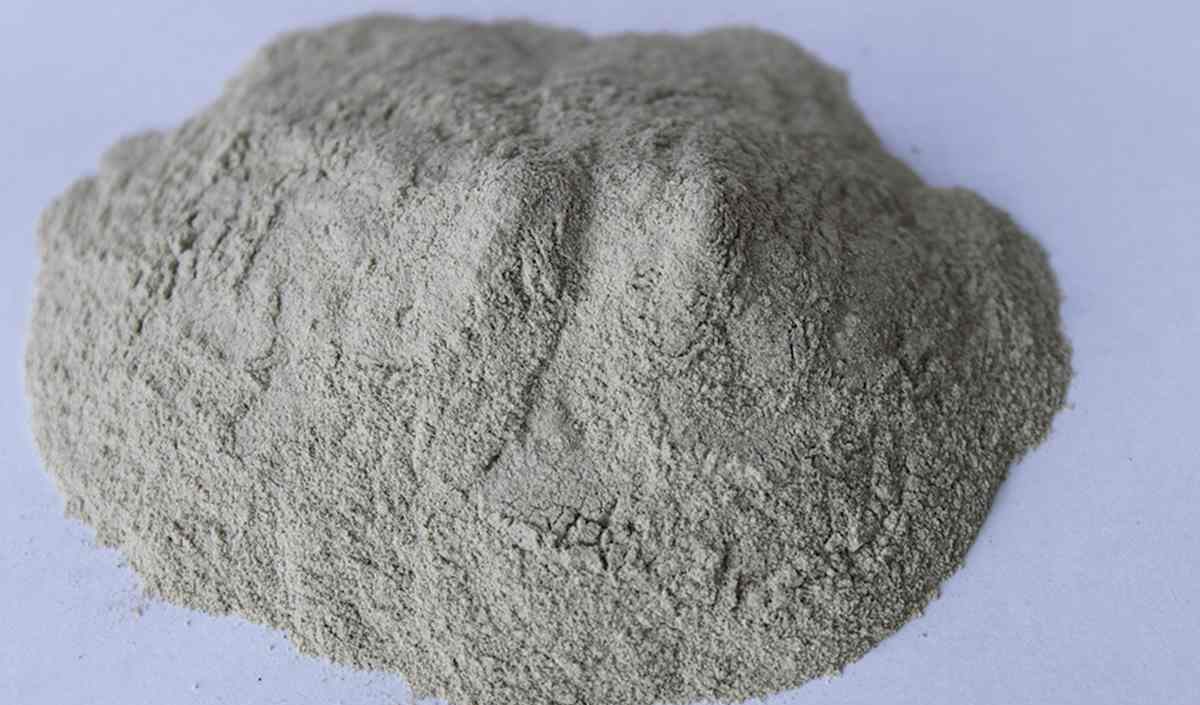
bentonite casting molds uses
The widest and most common uses of bentonite are in casting molds
It is claimed that approximately 70% of iron castings are made of green cast sand (3)
In green sand foundries, sand is stabilized with bentonite/clay and water as binders; It is said to be “green” because the molds are largely reusable and recyclable
This green cast sand contains about 10% lump bentonite clay, up to 2% carbon (ie coal), up to 5% water, and the rest is sand
Montmorillonite is said to be key in the casting production process, particularly in mold regeneration
In the casting process, very small amounts of montmorillonite disintegrate, and bentonite containing more than 70% montmorillonite by mass is preferred for casting applications
Carbon materials, such as charcoal, are used in sand molding as additives and are mostly burned
The reason for using carbon (carbon) is to ensure a better metal surface finish by preventing molten metal from mixing with sand in a process called wetting
Usually, for green sand, coal is in powder form and comes from anthracite, which is one of the highest and lowest forms of sulfur
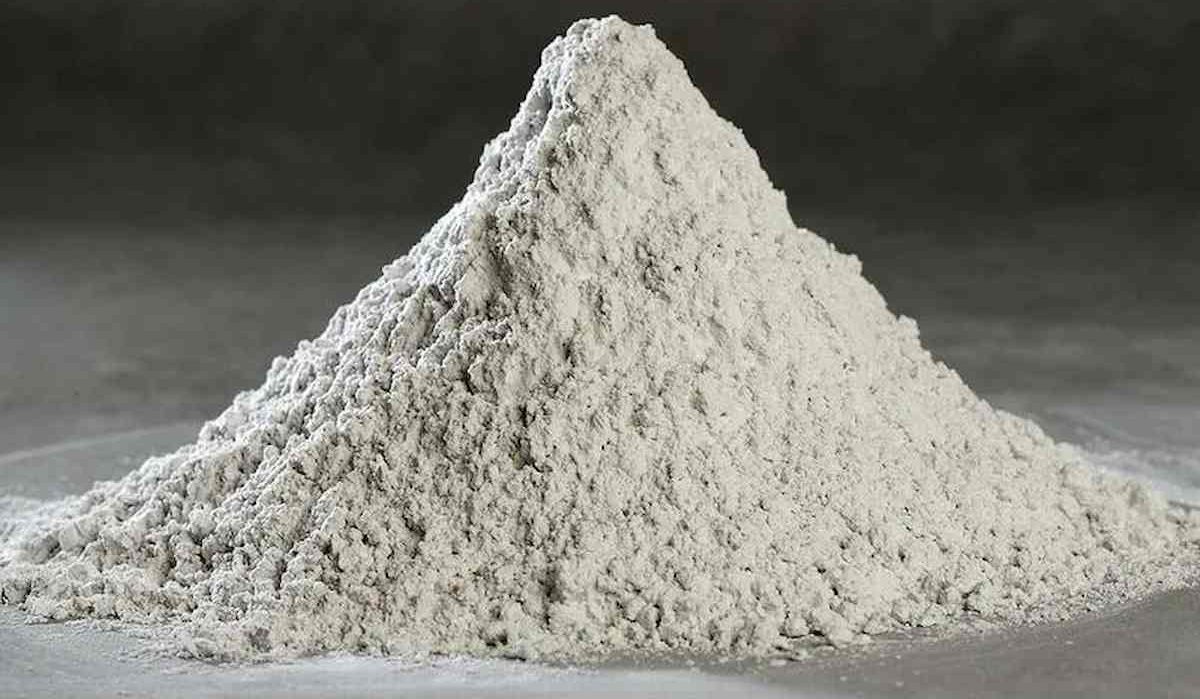
Calcium bentonite can be used in sand casting applications, but it is more susceptible to corrosion and is more susceptible to flaking, and other defects from expansion (9)
In general, it can be said that adding bentonite to dry green sand casting molds increases their fluidity and compressive strength while maintaining a high heat tolerance
It is estimated that industrial smelting uses more than 25% of the global production supply of bentonite each year (10)
The resistance to wet compression (i
e
pretreatment or mold relief) is higher with greater amounts of bentonite and carbon (11), which is a useful property if some type of extrusion or mechanical pressing process is used in the casting
Both sand and bentonite clay can be recovered from smelting processes (12)
Through the use of an “advanced oxidation” process, the recovery and recycling of used bentonite are improved (13)
The process takes the spent bentonite and sand from the smelting process, treats it with oxidation, and, using this methodology, removes the thermally destroyed bentonite in the tailings channel
Compared with the traditional system, this advanced oxidation treatment sends only 3% bentonite (by weight) to the waste, compared to 30-50%
This process is advantageous because it reduces the amount of fresh bentonite required for “filling” when forming a new foundry mold

bentonite casting molds benefits
Mixtures of bentonite and anthracite as casting molds have many benefits
The basic concept that makes bentonite a viable material in this area is that it is an excellent absorbent in itself (20)
The adsorbent nature is based on the substitution of anti-Na or Ca for nitrogen in the quaternary amine
Bentonite is said to be somewhat selective for organic substances, such as gasoline, crude oil, and petroleum products
Since the anthracite has a similar density to bentonite clay, they mix well and the anthracite prevents any further absorption of the already swollen bentonite clay
However, the absorption of the liquid system decreases considerably at higher temperatures
The fact that anthracite and bentonite mixtures are highly organic explains their wide effectiveness and efficiency in the area of oil separation and cleaning
Ease of use also plays a part, with aggregate-scale particle sizes of 0
85 to 2
36mm pre-inflated, meaning that once swollen and full of contaminants, simple size exclusion filtration is more than enough to remove everything
On a large scale, mixtures of bentonite and coal are used as landfill liners and covers
Based on the aforementioned absorbent behavior of bentonite and anthracite mixtures, in sanitary landfills, their capacity to absorb harmful substances that leaches from the landfill, such as heavy metals including cadmium, lead, and nickel
In terms of industrial cleaning and mining, bentonite and anthracite mixtures find widespread use, especially in acid mine drainage, a common problem faced by the mineral mining sector
Groundwater can easily become contaminated with various tailings and runoff from mining operations and should be prevented from entering local waterways

